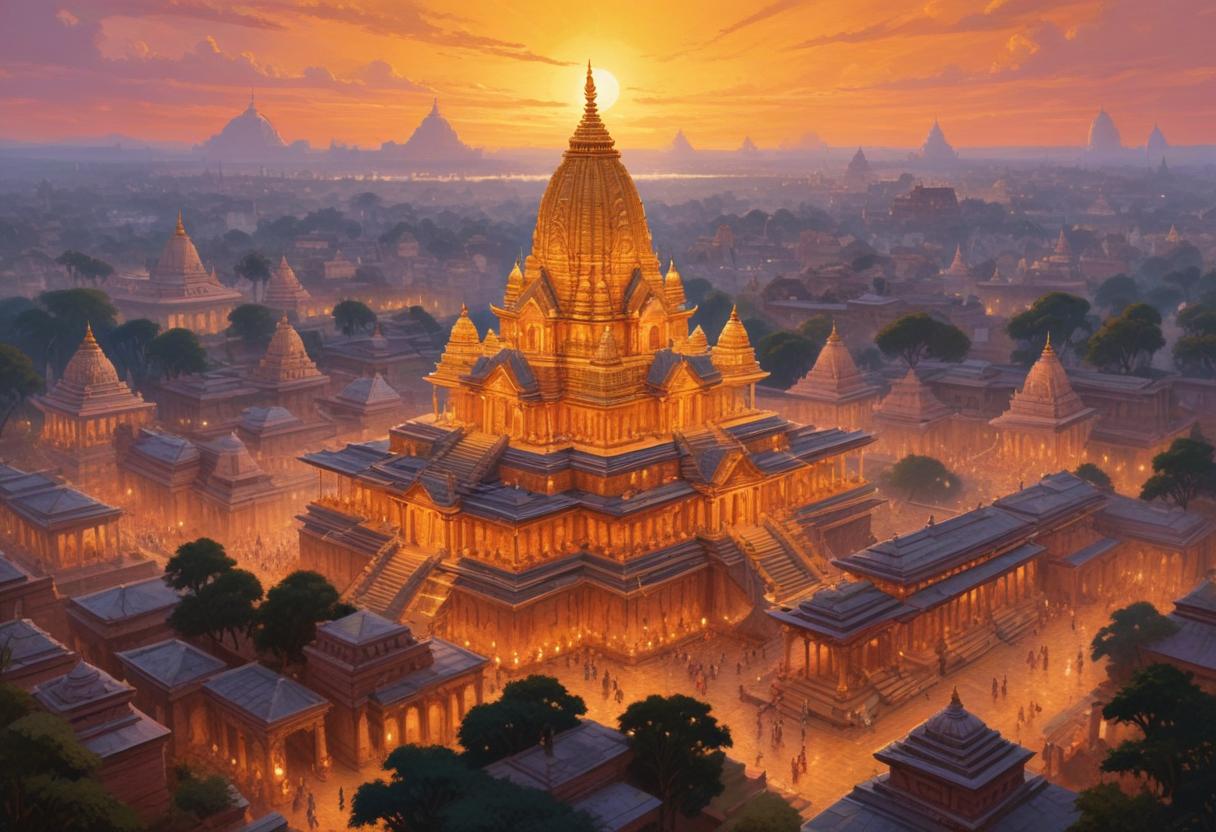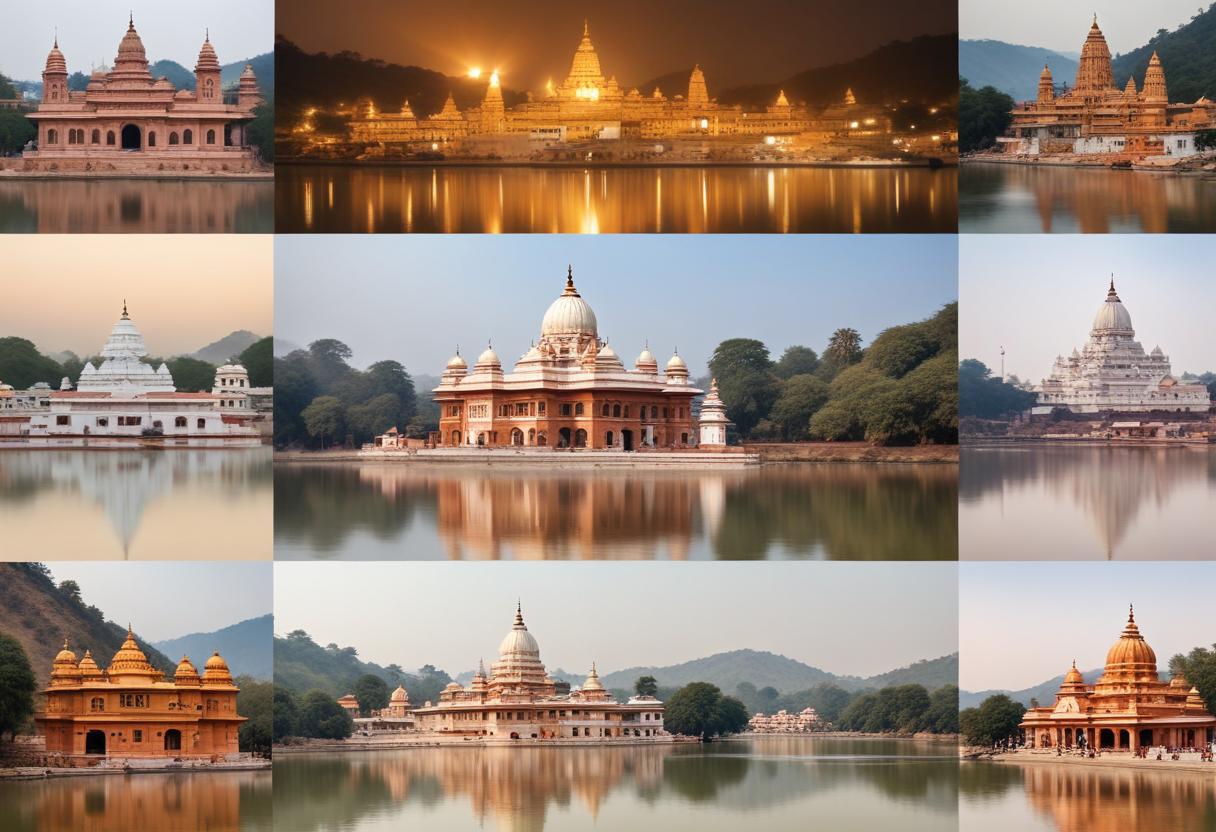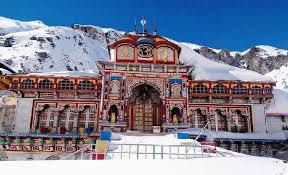
The launching of Ram Mandir of Ayodhya embarks a new era in the religious culture of India. Dating back to the century and regality of this faith, this architectural brilliance proves more than a religious building but as a message of togetherness, spiritualism, and cultural revival. Expanding the subject further reveals an intricate system of design; religious symbolism; the political, economic and social purpose of the temples; and a history that serves to emphasise the importance of the temple in the lives of millions.
Ayodhya, the place blessed to be the birth place of Lord Rama, has become an important subject in religious and political agenda in India for several decades. This is in error, for the construction of the Ram Mandir is not a modern construction but more of a chapter continuing the series of an enduring legacy of religion. The history of its construction can be dated back to a time even earlier than the great epics where the thought process of constructing an even bigger temple for Lord Rama was brooding among those who had faith.
Architecture
The architecture of the Ram Mandir in Ayodhya has its own cultural and tradition values which represents the true heritage of India’s architectural work. Based on regional architecture from different cultural zones, the temple accurately captures the synthesis of style elements pointing towards unity in diversity.
Nagara Style Architecture: Meant for Lord Vishnu, the temple indeed successfully exemplifies the Nagara architectural style which is traditionally symbolic of the towering shikharas or the towers. Batoned arches with intricate reliefs and sculptures rise upward, as if aiming for the sky, which is associated with the other-worldliness of the divine.
Garbhagriha (Sanctum Sanctorum): There is the Garbhagriha; the core of the temple dedicated to the god Rama as a divine image. Very careful and detailed, this sacred space enhances the religious and spiritual nature of the building; intricately carved figures from Ramayana are gracing the walls of the temple.
Mandapa (Pillared Hall): Outside the Garbhagriha is the Mandapa; the open pillared hall where the devotees stand or sit to pray, chant or perform their rituals. Another interesting feature that must be pointed out is the chronicle depicted in the carving of the pillars and in the overall layout of the Mandapa that offers a rather quiet and peaceful environment to contemplate and pray in.
Sculptural Marvels: While the interior of the temple is plain when compared to the outside it does possess several carved images of different gods and goddesses and mythical beings from Hindu culture. These delicate carvings are more than just motifs as they are revealed to possess deep allusive values, significant to the rituals of worship.
What does the architecture signify?
The architecture of the Ram Mandir is an amalgamation of ancient norms with a modern touch so as to bring back the traditional Indian exquisite work. It becomes the symbol of the revival of cultural identity and self-esteem for India to rise once again to showcase the architectural brilliance of the past.
As we got to know that the Hindu temple architecture is the best representation of Hindu, the architectural variety in this temple symbolises how decentralised Hinduism accommodates various architectural styles, regional gods and goddesses within the temple to worship the same lord. It assumes a broader sphere of operation since it is united to and transcends geographical vicinity and other related barriers; it unites devotees from any strata.
Through and through, the temple design is fantastic and captivating: it serves to bring the devotees to an entirely different realm where they are privy to spiritual experiences that free them from the world’s cares and woes. It is silent and holy, which allows a person to have a moment of contemplation, reflection, and self-development.
The efforts of Ram Mandir are also bound up with the great epic of Ramayana, detailing the architecture of the temple that tells the story of Ramayana.
Ayodhya ‘s Ram Mandir is a living symbol that depicts the strength of continuing beliefs, cohesion, and ethos. Not only did the magnificent construction of the temple bring tribute to Lord Rama but also it stands as one of the kind inspiration for the millions of devotees around the globe who seek solace and spiritual cure. To this regard, as this cathedral remains a wonder, it over a period of time, one is again and again reminded that architecture goes way beyond the walls and structural frameworks but moves to the cores of human spirit and soul.

